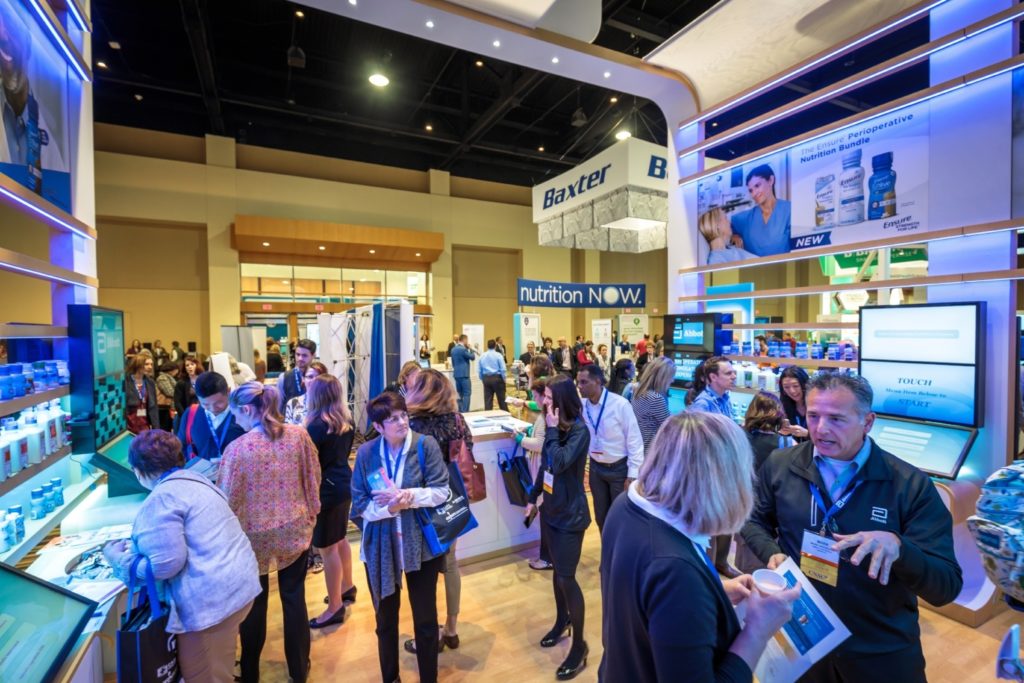You might be asking yourself, “What the heck is a program approach?” That’s likely how you ended up here. A program approach organizes your trade shows and assets into tiers, which will help you manage your budget, the workload, and track their effectiveness.
Taking a program approach creates a layer of efficiency and effectiveness in your overall marketing strategy and eases some of the stress associated with face-to-face marketing. When committing to any process or method, you need the “why” to justify the effort. There are a variety of benefits and perks that will be easy to sell to your company.
When Exhibit Concepts organizes client shows into a program, we do it by tier. While this isn’t a universal term in the industry, we find it to be the easiest to grasp. We start by looking at the brand’s objectives and the shows they’re attending. Shows with more critical goals and complicated booth builds are organized into tier one. Smaller, modular, or rental exhibits are organized into tier two, and portable or tabletop events or shows are organized into tier three.
It’s important to note that organizing your program into tiers is not based on a budget of a particular show; it is dependent on the goals you’re trying to achieve. “Tiers equate to the outcomes and complexities of your project. It’s the level of effort required to plan and execute. This ensures that the right expertise is applied to that trade show or event,” said Pam Thomas, Account Management Director for Exhibit Concepts.
While it’s not a universal practice, organizing your shows into tiers allows you to take inventory of each show across your show calendar easily. Assigning them into the tiers we described gives leadership and your team a glance at the events generating the most ROI for your business.
While organization is a key benefit, tiering your trade shows will also help you maintain your brand’s messaging, goals, objectives, and campaign consistency. “A program approach is holistic. Therefore, all your shows have the same common themes, messaging, and look and feel like your digital or print marketing, so you’re recognizable on the show floor. This also allows your exhibit house to work closely with you to create what that looks like, which makes the process flow efficiently. It’s very structured and planned. You know exactly who you’re going to be when you’re at any show,” said Thomas.
Ellen Kaminski, VP of Sales and Marketing for Exhibit Concepts, adds, “Thinking about shows as a program helps marketers think of their trade shows as an integral to their marketing plan. What you don’t want is your shows to feel disconnected from all your marketing efforts. You want all your elements working together to reach your goals and objectives,”
Evaluating your trade show’s effectiveness and proving the ROI is likely what your leadership team is most interested in when you deliver a report. When you take a program approach, this takes away the possibility of budgeting mistakes, such as spending your budget before the year is up. “This spreads your budget out, so the money is being used most effectively. With strategic reviews, your exhibit house will be able to recommend how to manage your projects’ time, staff, and the budget to impact your business positively,” said Kaminski.
If your trade show program is not yet organized into tiers, it’s not too late! This approach is a foolproof method to help your team stay focused, control spending, narrow in on goals and objectives, and alleviate any of the stress that goes into planning your trade shows.











